Beaujolais Nouveau Day is marked in France on the third Thursday in November with fireworks, music and festivals.
Under French law, the wine is released at 12:01 am, just weeks after the wine's grapes have been harvested.
Parties are held throughout the country and further afield to celebrate the first wine of the season.
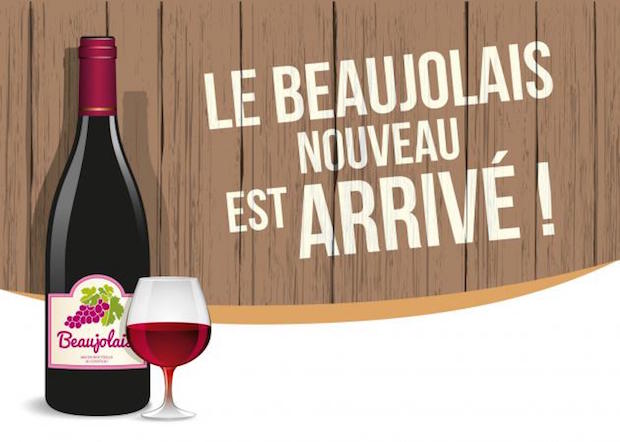
The Gamay grapes that go into Beaujolais Nouveau are handpicked in the Beaujolais province of France. The wine actually originated about a century ago as a cheap and cheerful drink produced by locals to celebrate the end of the harvest season.
Perhaps the most well-known producer of Beaujolais Nouveau is Georges Duboeuf, who is credited as one of the marketing geniuses behind the wine. Selling this young red was viewed by some vintners as a means to clear large quantities of wine at decent profits, which would create a much-needed cash flow shortly after harvest.
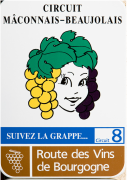
The idea of a race to Paris carrying the first bottles of the new vintage was conceived and this attracted much media attention. By the 1970s, the race became a national event. The races spread to neighbouring countries in Europe in the 1980s, followed by North America, and in the 1990s, to Asia.
The traditional slogan used in ad campaigns and marketing material - Le Beaujolais nouveau est arrivé (which translates to The new Beaujolais has arrived) was changed in 2005 to It's Beaujolais Nouveau time.
Today, there are several dozen vintners making this popular red. The Beaujolais region is 34 miles long from north to south and 7 to 9 miles wide and home to nearly 4,000 vineyards which produce twelve officially-designated types of Beaujolais known as AOCs. They include some of the finest and priciest grand crus (big vintage) wines around, including Fleurie and Cote de Brouilly. The most common two are the Beaujolais and Beaujolais-Villages, the former of which account for half of the region's annual output.
In 2010, 35 million bottles of the wine were put on the market. Some 7.5 million were sold in French supermarkets and 15.5 million were exported mainly to Japan, Germany and the United States.
Beaujolais Nouveau owes its easy drinkability to a winemaking process called carbonic maceration, also known as whole-berry fermentation. This technique preserves the fresh, fruity quality of the grapes without extracting bitter tannins from the grape skins.
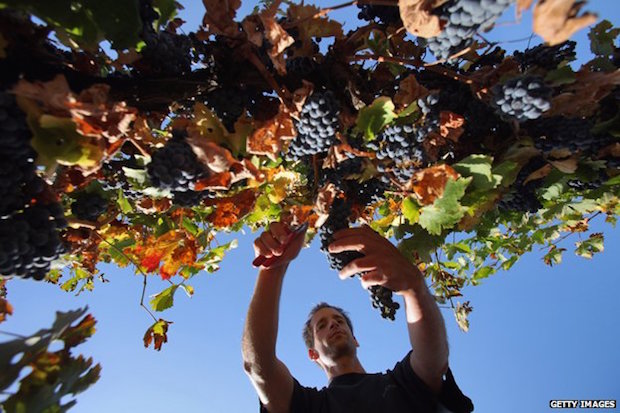
Beaujolais Nouveau - that much-ballyhooed cherry-red coloured vintage that’s best served chilled - is clearly not for wine snobs. This fresh and fruity red is the result of a quick fermentation process that ends up with a tasty, clean wine that is enjoyed by palates the world over.
There are about 120 Beaujolais Nouveau related festivals held in the Beaujolais region.
The most famous 'Les Sarmentelles' is held in the town of Beaujeu, the capital of the Beaujolais region. Kicking off in the early evening the day before Beaujolais Nouveau, the five-day festival features wine tasting, live music and dancing. During the afternoon on Beaujolais Nouveau Day, a heated tent offers wine and a range of local foods for visitors to sample. There is also a tasting contest featuring all of the twelve kinds of Beaujolais, in which the winner nets his or her weight in Beaujolais-Villages. In the evening, a torch lit parade honours the farmers that made the wine. Fireworks at midnight mark the release of the new wine, which is then drank until dawn.
Beaujolais Nouveau is meant to be drunk young. Most vintages should be consumed by the following May after its release. However, in excellent vintages (such as 2000) the wine can live much longer and can be enjoyed until the next harvest rolls around.
The region of Beaujolais is known for its fabulous food. The famed Paul Bocuse restaurant is just minutes from the heart of Beaujolais, as is Georges Blanc’s. These great restaurants have plenty of Beaujolais Nouveau on their wine lists. The wine goes well with either haute cuisine or Friday night’s pizza.
Is Beaujolais Nouveau making a comeback?
Beaujolais Nouveau Day was once a national event in the UK. Is it making a comeback, asks Justin Parkinson from the BBC News website.
It's as much a part of 1980s folklore as massive mobile phones, shoulder pads and personal organisers. On the third Thursday of every November the City of London was awash with celebrations for the arrival of Beaujolais Nouveau.
Getting hold of the recently pressed, light red wine as quickly as possible became an annual event. It was usually served chilled.
The Beaujolais Run meant teams competing to be the first to get the first case of Nouveau from Paris to London. One year it got even more "Eighties" than normal, the winner being a Harrier jet. Bars, restaurants, pubs and off-licences held tastings, sometimes lasting all day, as events spread around the UK.
"Sales of Beaujolais Nouveau reached a peak in the late 1980s," says Anne McHale, master of wine at Berry Bros and Rudd. "It was a huge success based on marketing. But it declined in the 1990s when too many producers jumped on the bandwagon and the quality declined, getting weaker and more acidic."
McHale says focusing on Nouveau damaged the reputation of Beaujolais's better-quality products, in the way "Blue Nun did with German wines". Only now are people starting to return to other Beaujolais, which are often sold under the names of individual villages, such as Fleurie, she adds.
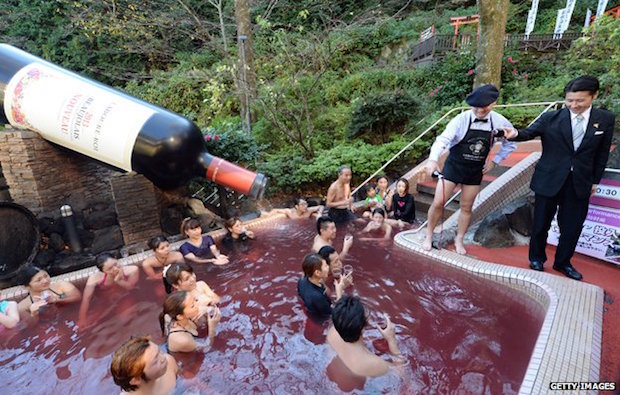
Japan is the biggest export market for Nouveau, buying almost 60 million litres last year. UK interest might not be at its peak, but something seems to be stirring. Last year the country imported 2.27 million litres - more than two and a half times the amount for 2012. This happened after Marks and Spencer launched a "carbon-neutral" version.
The celebrations have always been commercially motivated. Beaujolais, in France's Burgundy region, south-east of Paris, started promoting its freshly pressed wines as "Nouveau" in 1951. The release date was moved ahead of those for rival wines to maximise publicity. The uncorking of bottles just after midnight became a cause for street parties.
The run to London started after wine writers Clement Freud and Joseph Berkmann held a wager in 1970 over who could get it across the Channel first. This is still going, although competitors vie to transport it via the shortest route rather than in the shortest time, to ensure road safety.
"Nouveau has improved," says Beaujolais Run director Rob Bellinger. "Because of global warming the wine has been getting better every year. In the old days really it was like drinking vinegar."
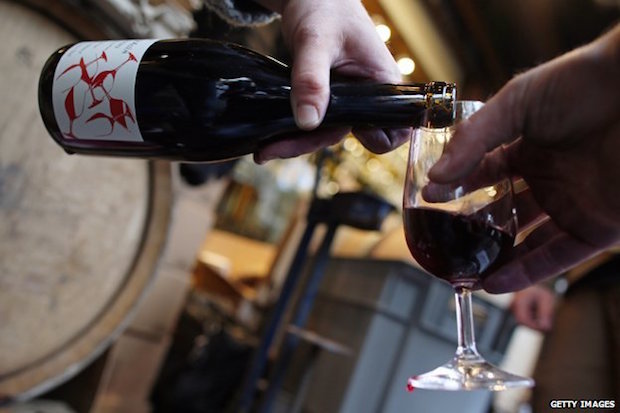
One place that's never tired of Beaujolais Nouveau Day is Swansea. "It's like a national holiday," says Becky Oliver, owner of the city's No Sign Wine Bar. "Everyone has the day off. It's always been quite big but it's growing every year."
So, with UK sales increasing, is it on the up again? "I would be pretty confident in saying that this doesn't represent a future trend," says McHale. "It's more likely to be the result of a temporary spike in retro-nostalgia. Or perhaps this entire volume is being consumed by Swansea?"
Part of this article is from the BBC News website and Part from the Beaujolais Nouveau website.

Blog submitted by: Alex at The French Property Network - Cle France.